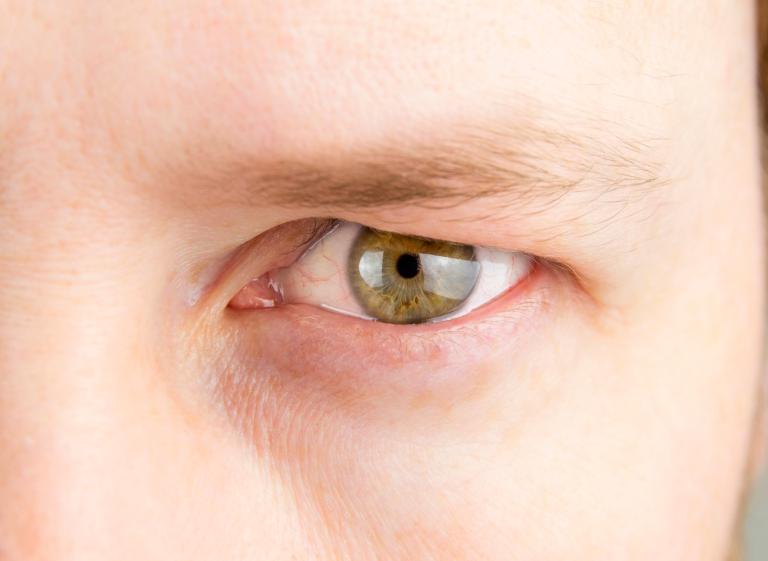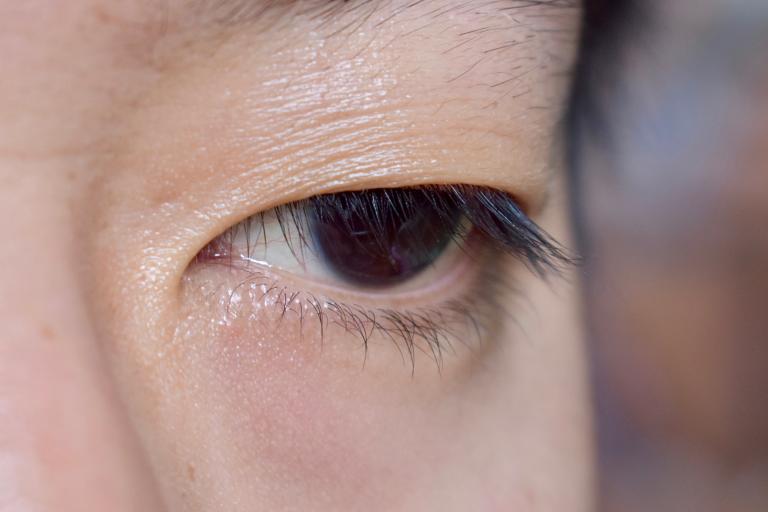Recovery and Rehabilitation
After a brow lift it’s common to experience some pain and bruising that may last for up to two weeks. You may also feel a tightness in your forehead. Most patients can resume normal everyday activities the day after surgery.
After brow lift surgery you may have:
- a drainage tube in the wound to help prevent fluid build-up
- bruising and swelling
- numbness
- pain and tenderness
- dressings or bandages on your face.
We don’t recommend driving in the first seven days after surgery as your eyes may feel dry or gritty and this could affect your vision. Your eyes may also be sensitive to bright lights in the first week after surgery.
Due to bruising you may need to take one or two weeks off work, how much time will depend on the scope of your procedure. We recommend avoiding strenuous activity for four weeks after surgery.
Often simple, over the counter pain medication is sufficient to manage any discomfort or tenderness.
